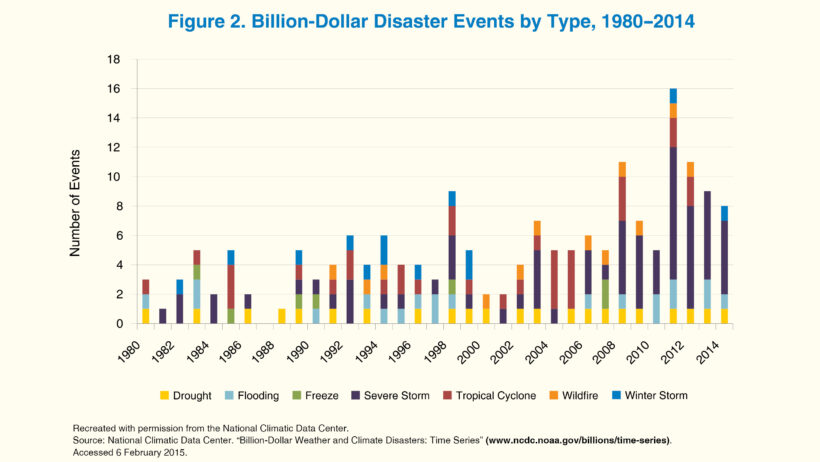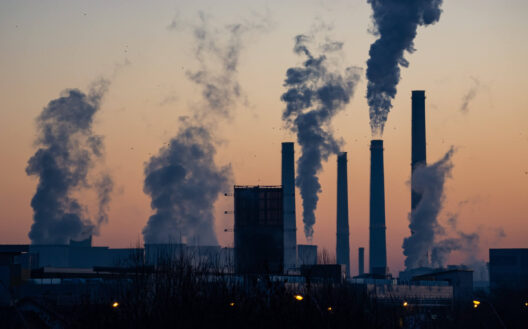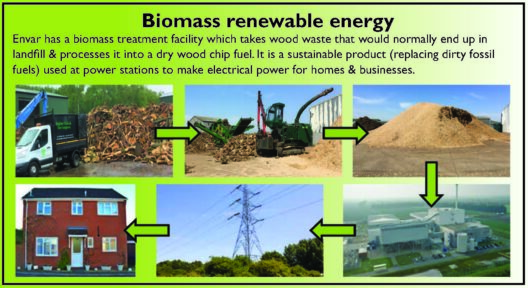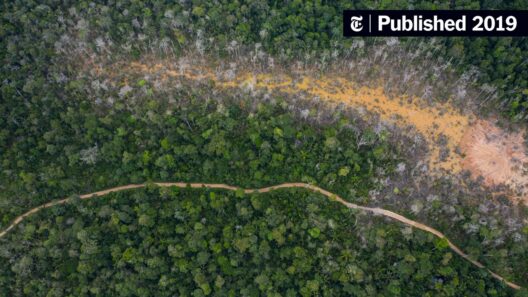Climate change, an intricate tapestry woven by myriad factors, has catalyzed a dramatic increase in the frequency and intensity of natural disasters worldwide. As global temperatures rise, the delicate balance of our climate system is disturbed, leading to an alarming tendency for extreme weather events. Understanding the nexus between global warming and these disasters is imperative for fostering a more resilient future.
At the heart of this discussion lies the phenomena of greenhouse gases, primarily carbon dioxide (CO2) and methane (CH4). These compounds, while naturally occurring, have surged to unprecedented levels due to anthropogenic activities, notably fossil fuel combustion, deforestation, and industrial processes. The greenhouse effect, a natural process, is exacerbated by these human-induced emissions, trapping heat in the Earth’s atmosphere and leading to a cascade of climatic consequences.
One notable manifestation of climate change is the increase in extreme heat events. The average global temperature has risen significantly over the past century, with the last decade being the warmest on record. Heatwaves, once rare phenomena, are now becoming commonplace, subjecting flora, fauna, and humans to severe stress. High temperatures contribute to droughts, which in turn create a vicious cycle exacerbating water scarcity and agricultural instability. As the land parches, food insecurity looms larger, amplifying socio-economic vulnerabilities particularly in developing regions.
As air temperatures escalate, they induce changes in precipitation patterns. Hyperlocalized flooding, hurricanes, and torrential rains are symptomatic of a climate that is contesting traditional weather paradigms. Warmer air holds more moisture; thus, when storms do develop, they carry higher quantities of precipitation. The resultant floods can be particularly devastating, washing away infrastructure, encroaching on urban areas, and disrupting livelihoods. The 2010-2011 Queensland floods in Australia exemplified this trend, sweeping across vast regions and causing billions in damages.
Moreover, the frequency and ferocity of hurricanes have emerged as a focal point in discussions regarding extreme weather. Warmer sea surface temperatures act as fuel for these storms, enhancing their intensity and the destructive potential they harbor. Hurricane Katrina, one of the deadliest storms in U.S. history, starkly illustrated this reality. Its catastrophic impact on New Orleans in 2005 serves as a precursor to concerns about future storms fueled by climate change. Projections indicate that as global temperatures continue to rise, we can expect more intense hurricanes, becoming harbingers of an uncertain future.
Wildfires also underscore the perilous intersection of climate change and natural disasters. Higher temperatures, coupled with prolonged droughts, create conditions ripe for fires to ignite and spread. The wildfires in California and Australia have garnered international attention, revealing the devastating consequences of unchecked climate change. Not only do these infernos obliterate ecosystems, but they also emit copious amounts of carbon back into the atmosphere, further exacerbating the climate crisis. This duality underscores the urgent need for proactive measures in climate mitigation.
Additionally, the phenomenon of rising sea levels, a direct consequence of melting polar ice and the thermal expansion of seawater, poses an existential threat to coastal communities. As sea levels rise, the incursion of saltwater disrupts freshwater systems, affecting agriculture and drinking supplies. The threat of inundation looms large; entire nations, particularly low-lying island states, face the grim prospect of extinction. This scenario calls into question the sustainability of our current practices and the ethics of prioritizing immediate economic gains over long-term environmental stewardship.
Yet, amidst the dire predictions, there exists an opportunity for transformation. The increasing frequency of natural disasters has galvanized communities, policymakers, and scientists alike to confront climate change head-on. Awareness is blossoming, leading to a growing recognition of the necessity for sustainable practices. Renewable energy sources, such as solar, wind, and hydro, offer the promise of decarbonizing our economies while simultaneously propelling us towards a more sustainable future.
Furthermore, adaptive strategies have emerged, emphasizing resilience in the face of extreme weather. Innovations in urban planning, such as green infrastructure and water management systems, are becoming integral in reducing vulnerability. Community engagement and education are equally critical; fostering a culture of preparedness can mitigate the impacts of future disasters. Ensuring that marginalized populations have access to resources and information is paramount, as they often bear the brunt of climate change.
The conversation around climate change and natural disasters is evolving, shifting from one of despair to one of action and resilience. This paradigm shift invites curiosity and engagement, challenging individuals and societies to rethink their relationship with the environment. As we confront the harsh realities of climate change, we must also embrace the challenge as a call to innovate, adapt, and evolve our practices.
In conclusion, the intricate relationship between global warming and extreme weather events unveils critical insights into the dynamics of our planet’s climate. The surge in natural disasters demands urgent attention and action, necessitating a multifaceted approach that encompasses environmental, social, and technological dimensions. Understanding this relationship is not merely academic; it is a vital step in fostering a sustainable future, poised to safeguard both humanity and its environment.







